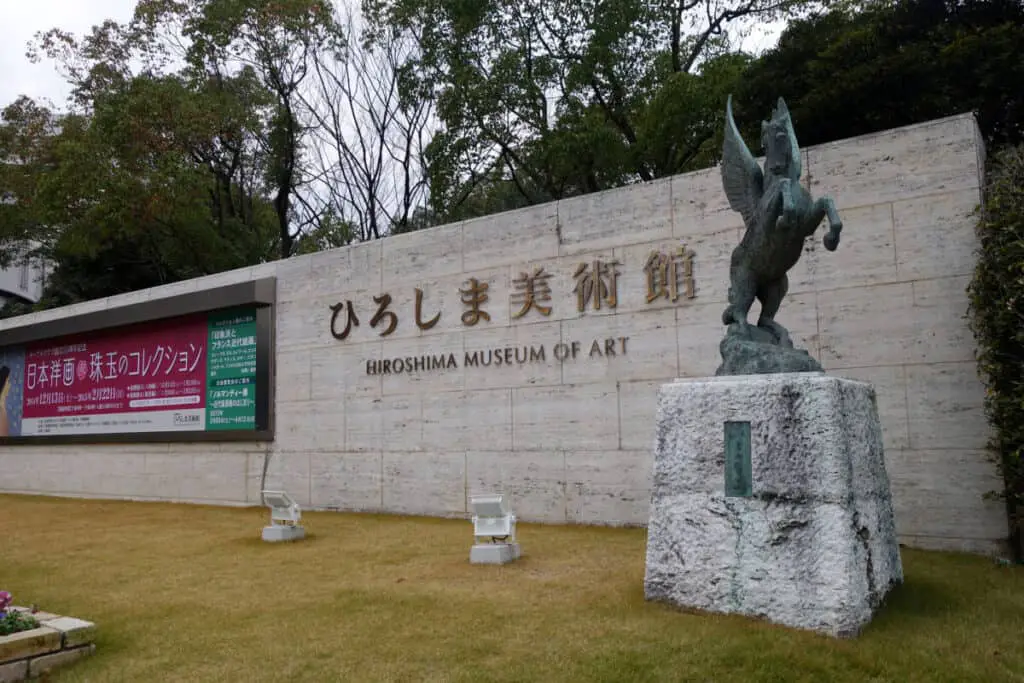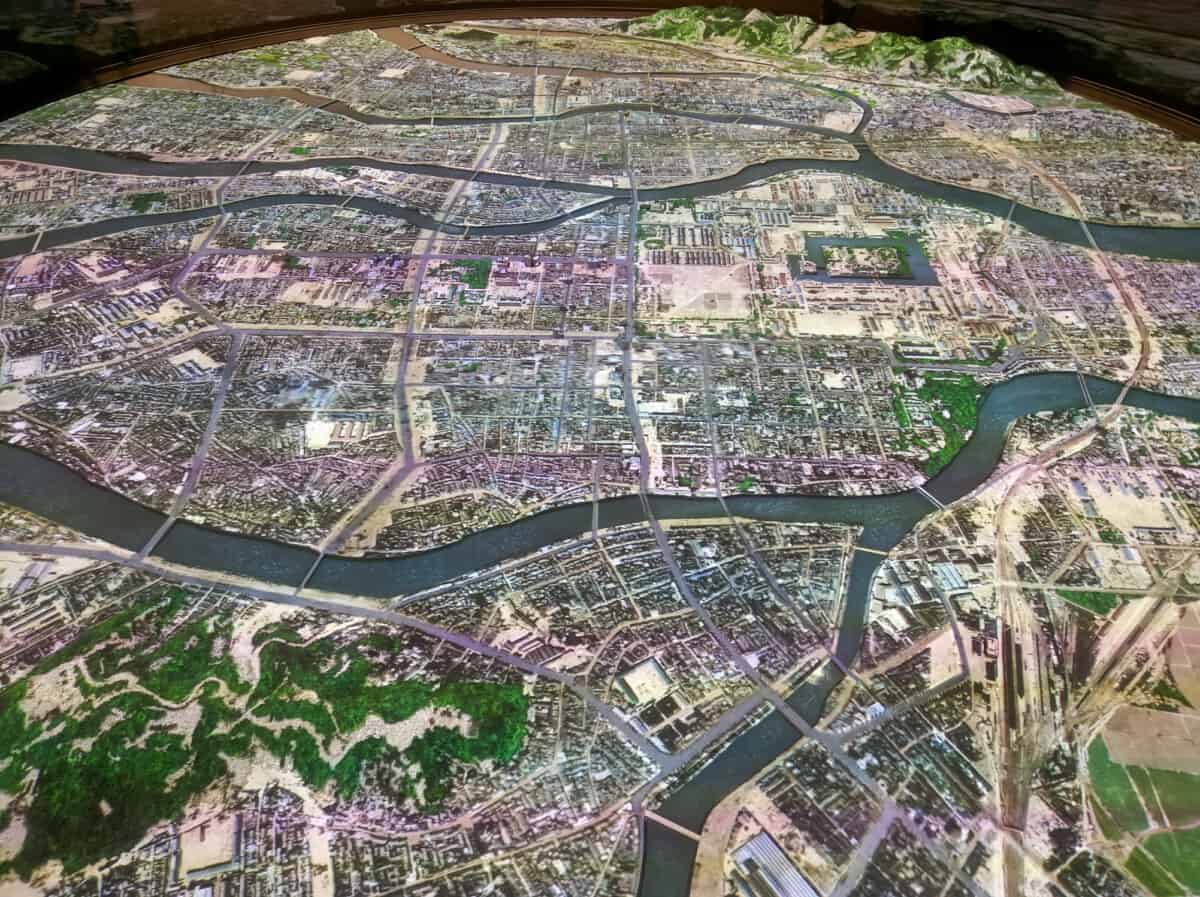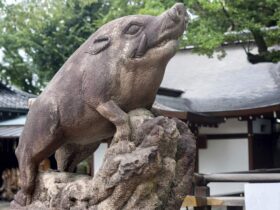If you’re a tourist visiting Japan for the first time but don’t know which cities to visit first to get a good understanding of the Japanese culture, history, and art, it’s recommended to explore Hiroshima and learn more about this amazing city’s historic and tragic past.
Hiroshima city, the capital of the prefecture known as Hiroshimaken, is located in the southwest direction of the Japanese mainland, thus it is a region filled with rocky mountainous areas and picturesque seas.
In addition, Hiroshima city presents a multitude of natural wonders, such as rivers, gardens, valleys, basins, plains, and much more.
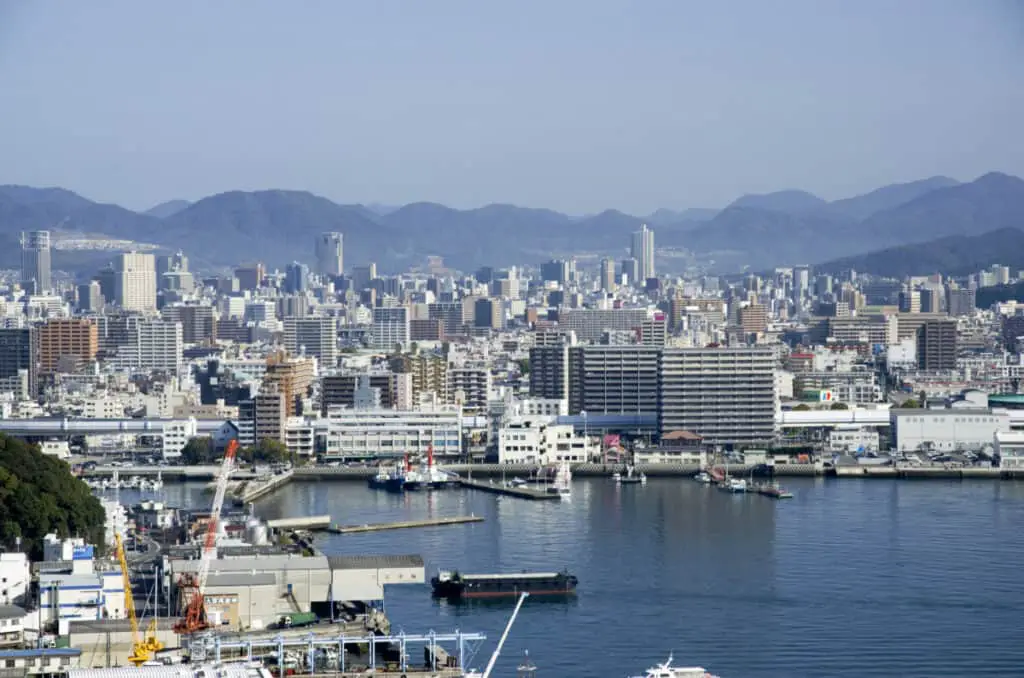
The city has a rich history, especially pertaining to the imperial era and the two world wars. After the wars ended, the city, its locals, and its government have done a tremendous job in maintaining and preserving the historical sites which serve as the city’s main tourist attractions.
The Reason Why the City is So Well-Known
The atomic bombing in Hiroshima on the 6th of August, 1945 marked the first-ever use of an atomic weapon in any war.
This unenviable event is the crux of Japan’s historical importance and a major turning point for the Hiroshima locals. The city now named the world’s ‘Peace capital’ was also at the center of military-related actions in the past.
Where to Go and What to Visit: Historical Monuments and attractions of Hiroshima
The rich and extensive historical importance of Hiroshima comes alive in the form of its historical attractions and monuments which are preserved in good condition even today.
Here’s a list of such sites that absolutely can’t be missed during your visit to Hiroshima:
Itsukushima – the Island Shrine
The island shrine, being a World Heritage Site, is one of Japan’s most visited historical sights and was dedicated to the daughters of the Japanese Wind God; Princesses Ichikishimahime, Tagorihime, and Tagitsu-hime.
This shrine was built along Hiroshima bay in 811 AD, and consists of buildings that protrude out of the water, supported by pillars built deep into the bay.
Itsukushima Shrine Official Website
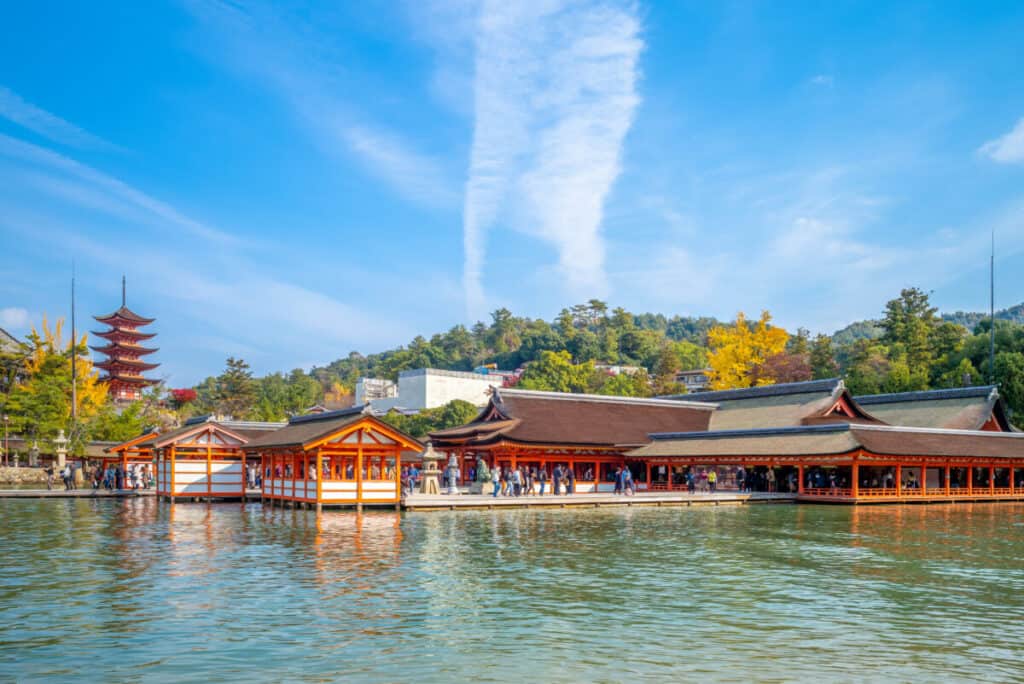
When the tide is high and the sea is almost to the building floors, it seems like the buildings are floating on the water, making it as memorable sight.
Must see parts of the shrine: The Main Hall, Prayer and Offering Hall, Hall of a Thousand Mats, the Music Pavilion.
There’s also the stage where dances are performed, should you be lucky enough to visit the island and the Itsukushima shrine during the times of a festival.
Hiroshima castle
The castle, also known as the ‘Castle of Carp’ was built in 1593 as the residence of a famous nobleman before being passed to a samurai.
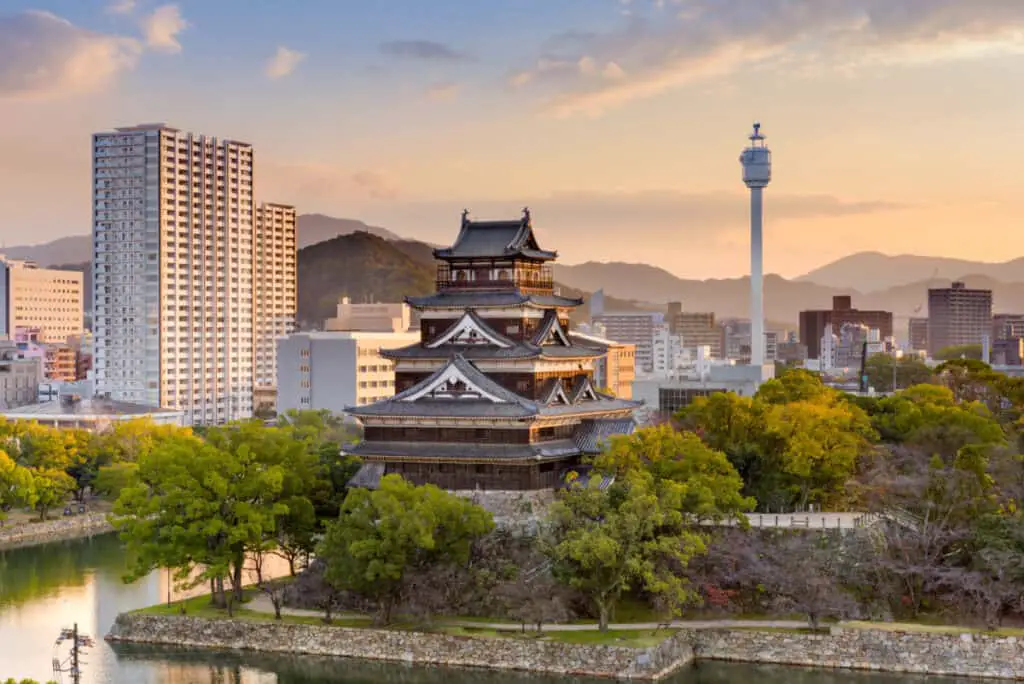
It was fully reconstructed in 1958 and consists of a main 5-story tower, along with an informative museum well-equipped to display all the historical events centered around the castle.
The castle is surrounded by an expansive area filled with eucalyptus trees and greenery, trees that survived the test of time even after the Hiroshima bombing.
Hiroshima Castle Official Website
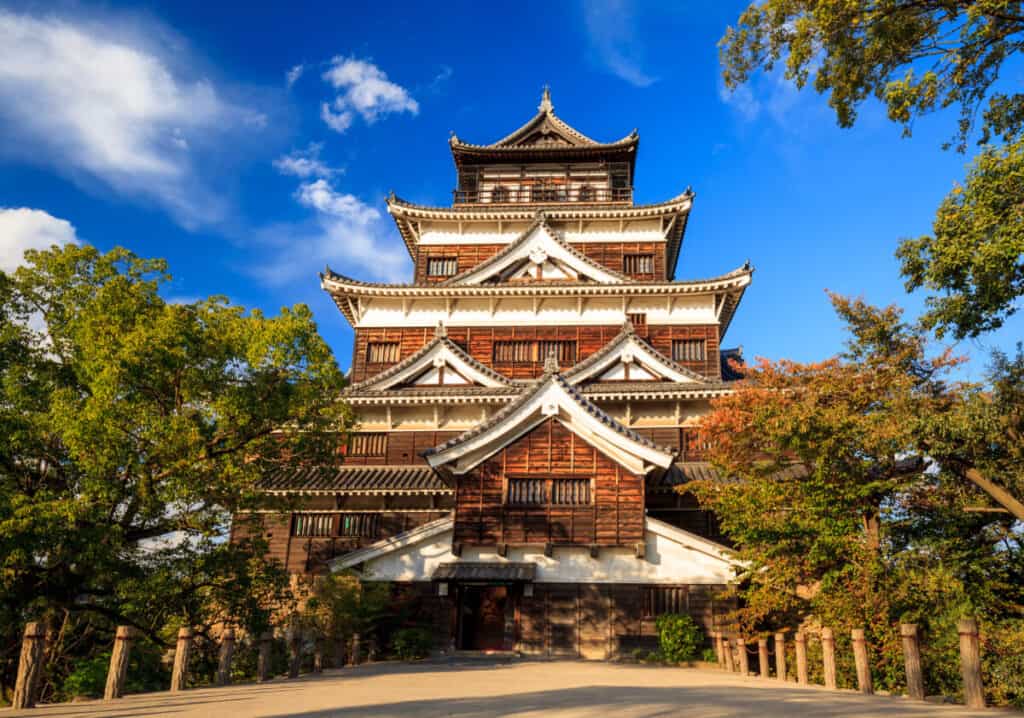
The main benefit of visiting the castle is that you get to see the full skyline view of Hiroshima harbor and Miyakojima Islands from it, as well as witnessing the wonderful night time illumination the castle presents when visited at night.
Memorial Cathedral of World Peace
Built-in 1954 by a German priest and designed by a Japanese architect, this cathedral is one of the largest Roman Catholic churches in Asia.
The building holds global historical importance since its finances and contributions were paid for by the collective efforts of many countries.
The main features of this cathedral are; the bell tower, the bronze doors from Düsseldorf, and the altar contributed so generously by Belgium.
Memorial Cathedral Of World Peace Official Website
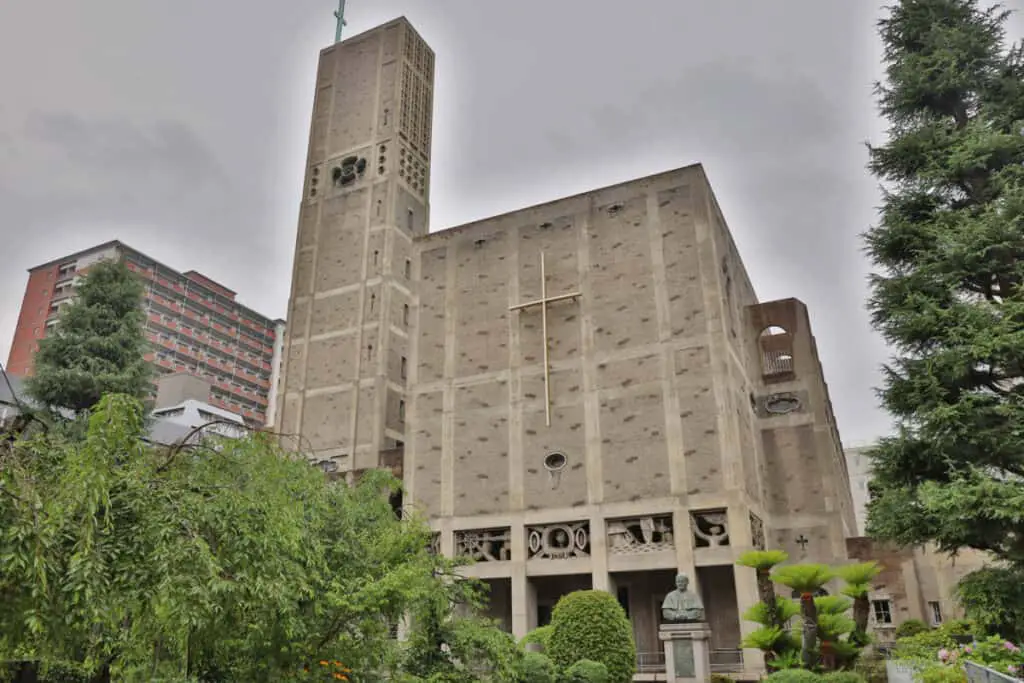
Mitaki-dera Temple
Also called the ‘Three Falls Temple’ because of its 3 nearby waterfalls at Mount Mitaki, this temple was built in 809 AD and reconstructed after the war is known for its mesmerizing beauty, especially in the winters when the leaves fall from trees and decorate the temple grounds.
Mitaki-dera Templ Location Via Google Maps
Fudoin Temple
A statement of the Muromachi period architecture of the 14th and 16th centuries, this temple is very near to the atomic bomb blast site and was mostly unscathed with minimal damage.
The temple is famous for its elegantly and intricately carved statues, also deemed a national treasure.
Fudoin Temple Official Website
Shukkei-en Garden
Built in 1620 and replicated from a famous Chinese landscaped garden, this oasis of beauty is located on the Ota river bank and was once home to an Emperor.
The garden sustained heavy damage after the atomic blast, however, it was restored to its former glory and was reopened in 1951.
It is recommend taking a walk in this garden to take in all of its beauty, while also traversing the various ponds and streams it has to offer.
You may also join the tea ceremonies that often happen in and around the garden, and try the soothing teas at the shops nearby.
shukkei-en Garden Official Website
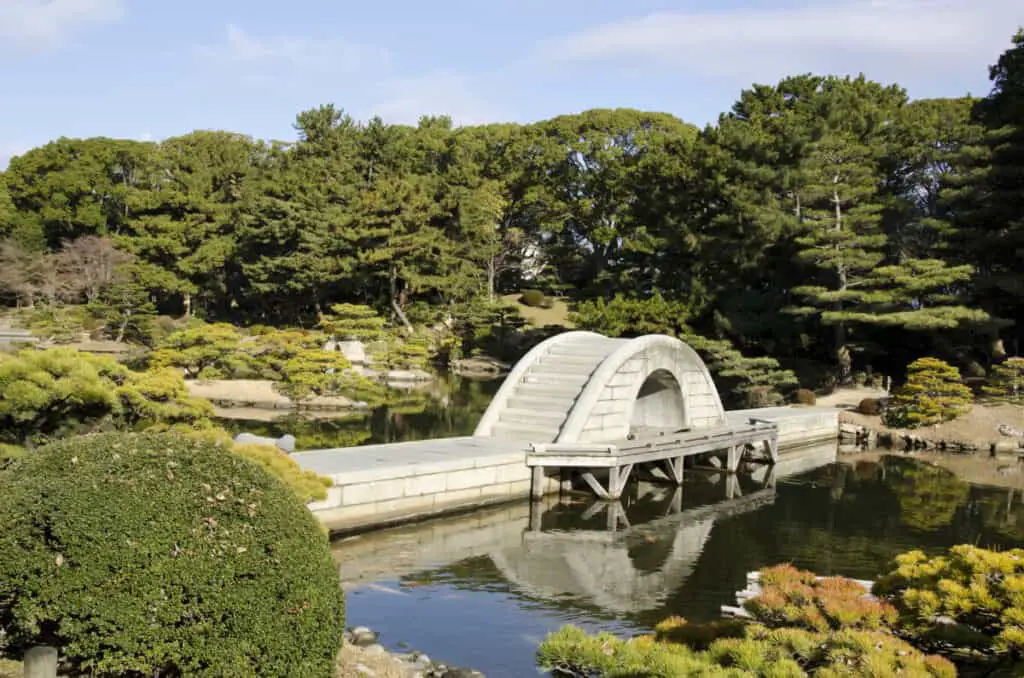
Hiroshima Peace Memorial Park
As a symbolism of the need for peace, this park pays homage to the many casualties viewed as collateral damage caused by the atomic attack.
As well as the beautiful gardens filled with cherry blossom trees, this park is home to many memorials, museums, and monuments, making it the epicenter of historical knowledge pertaining to Hiroshima.
Must-see parts of the park: Hiroshima Peace Memorial Museum, Monument to the Victims, Flame of Peace, Memorial Cenotaph, and most important of all, the Atom Bomb Dome.
Hiroshima Peace Park Official Website
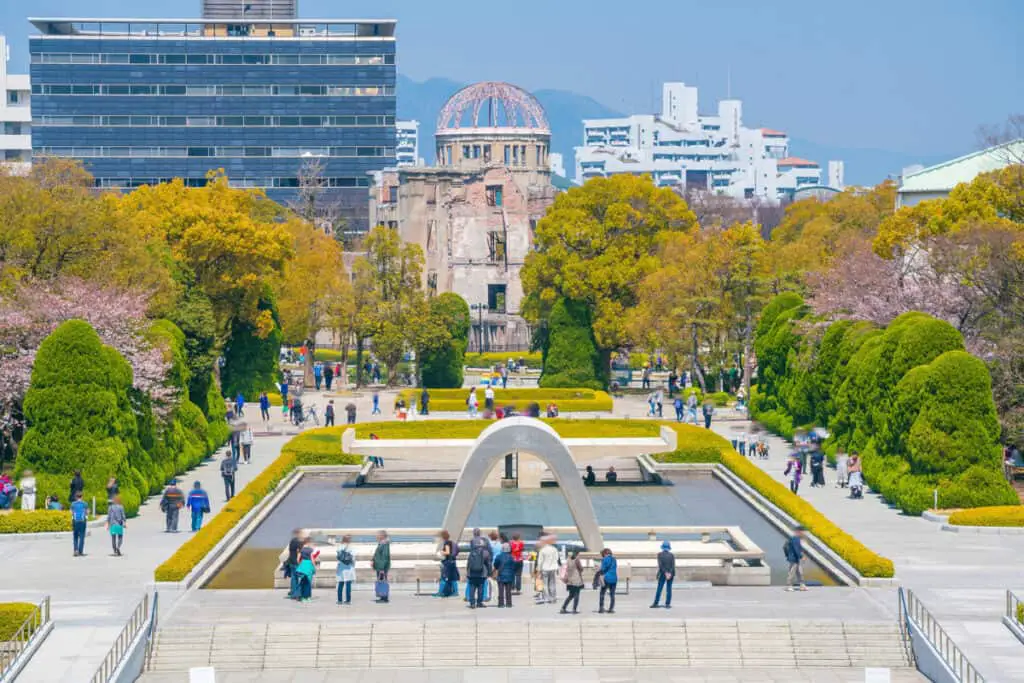
Mazda Museum
If you’re an automobile enthusiast, there is no better place for you to visit than the Mazda museum, the company being one of the oldest automobile manufacturers in Japan.
In the museum, you get to view how the cars are manufactured, as well as find out about the company’s future projects.
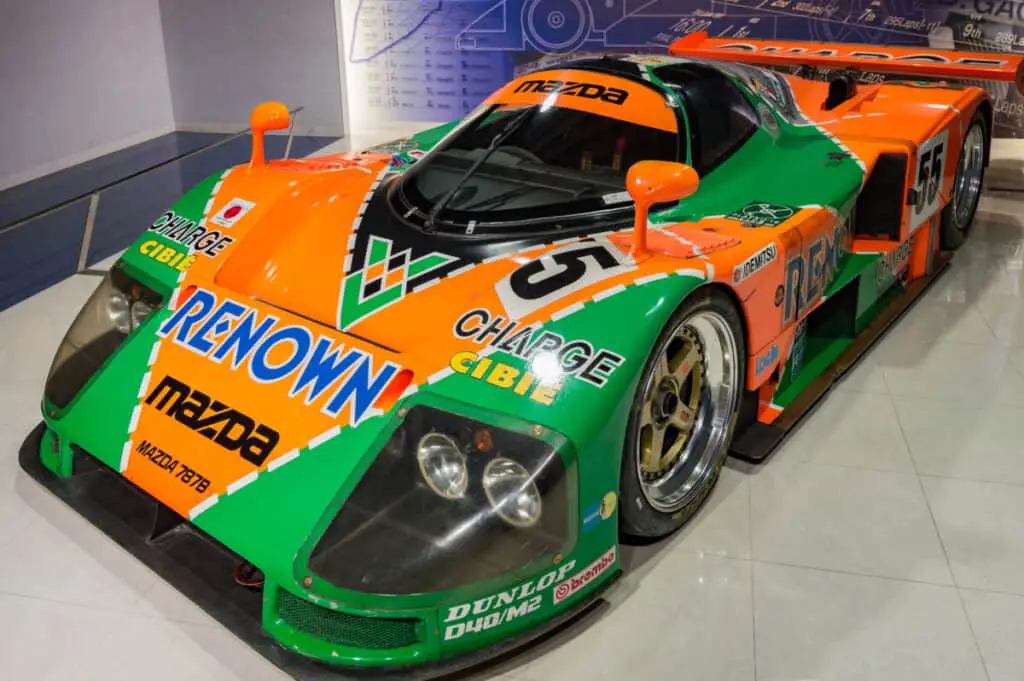
Museum of Art
If you’re well-versed with art or have a meaningful interest in it, its recommend visiting the Hiroshima Art Museum which holds notable art pieces from various Japanese as well as European artists the likes of Monet, Picasso, and Degas. Each piece also signifies a key movement such as Romanticism.
Hiroshima Museum Of Art Official Website
